Ertach Kernow - Continuing early travels in Cornwall
Travellers have been coming to Cornwall and reporting what they found and saw here for centuries. Looking at their writing gives us some idea of how things have changed and also what remains constant. Celia Fiennes visited Cornwall in 1698 travelling around with two servants on horseback. She commented on the lack of windmills, one of the methods of powering mills at that time through use of environmental factors, ‘I saw not a windmill all over Cornwall or Devonshire tho' they have wind and hills Enough, and it may be its too Bleake for them.’. Today Cornwall has about 432 wind turbines the largest number of any region of the UK outside of Aberdeenshire and the Orkney Islands. The first commercial wind farm in the UK was completed in November 1991 at Delabole.
Celia also described mining in Cornwall before the Industrial Revolution. Although once thought to be virtually finished mining has evolved with new minerals such as through extraction of lithium and the planned reopening of the South Crofty Mine. This shows that Cornwall at the cutting edge of technology during the 18th and 19th century is still at the forefront of mineral extraction. With forty percent of Cornish energy requirements coming from renewables Cornwall is leading the way. A United Kingdom report in 2022 showed that there were 23,069 sites for solar power with Cornwall being the top-ranked exceeding all the English counties and other Celtic nations for number of renewable sites. With the Crown Estate planning a huge number of offshore wind turbine in the Celtic Sea the prospects for Cornwall, the Cornish economy and job prospects for local folk are immense. We can only hope that this multipronged energy technological boom first of all materialises and that Cornwall and Cornish people benefit this time.
As always click the images for larger view
One constant that still exists from centuries past and also recorded by Celia Fiennes is clotted cream. She says, ‘They scald their Creame and milk in most parts of those Countrys and so its a sort of Clouted Creame as we Call it, with a Little sugar and soe put on ye top of ye apple Pye.’ No doubt many older Cornish folk may still do this and certainly my Dad used to do it on a daily basis when I was a boy, using very rich milk known as ‘Gold Top’ from our local dairy. Now of course clotted cream is produced on an industrial scale and a major export, not just for use here in Cornwall.
John Norden was a cartographer, chorographer and antiquary who had planned a series of maps and descriptions of English counties and Cornwall under the title ‘Speculum Britanniae’. This was not completed but we are fortunate that his travels in the early 17th century did include Cornwall. Norden produced maps for each of the Cornish Hundreds also recording in drawings many monuments, often with measurements, and landscape features. His work on Cornwall was completed in 1610 but not published during his lifetime having to wait until 1728, but what a wonderful set of maps he produced. It’s useful to see some of the monuments like Trethevy Quoit and landscape features such as the Cheesewring still remaining virtually unchanged over 400 years.
Joseph Mallord William Turner remains one of Britain’s most popular artists, perhaps best known for paintings that have since been reproduced as engravings and other artwork such as the Fighting Temeraire. During the late 18th and early 19th centuries there had been a growing interest by the wealthy in what today we might call staycations rather than embarking on grand tours around Europe due to the Napoleonic War. A commission by the engravers George and William Bernard Cooke saw Turner first visiting Cornwall in 1811 when he sketched and painted a large number of works as part of an illustrated guidebook to be published by John Murray. Turner’s revolutionary brand of landscape painting takes in some wonderful views of Cornwall, preserving them for us to enjoy today.
‘An illustrated itinerary of the county of Cornwall by Cyrus Redding was published in 1842. Strictly speaking Cyrus was not a visitor to Cornwall having been born in Penryn, later contributing to the founding of and editing the ‘West Briton and Cornwall Advertiser’. He travelled widely including working in France and became a renowned wine expert publishing ‘A history and description of modern wines’ in 1833. His work on Cornwall is a most interesting and useful publication and a valuable look into Cornwall’s past nearly two hundred years ago. Cyrus died at his home in St Johns Wood, London in 1870 aged eighty-five.
Perhaps one of the most well-known travellers to Cornwall, albeit for his novel Robinson Crusoe published in 1719, was Daniel Defoe. This book is one of the most translated and republished books of all times as well as being made into films, plays with multiple spinoffs. Far less well-known is Defoe’s ‘A Tour Thro' the whole Island of Great Britain’ which included his visit to Cornwall. He begins with; ‘From Plymouth we pass the Tamar over a ferry to Saltash - a little, poor, shattered town’. Oh dear, not a good start. He continues with some excellent descriptions providing a real look at aspects of Cornwall during the early 18th century. This work was first published between 1724 and 1727. Our following of his journey has reached Carrick Roads and Falmouth. Where next?
Mrs Dinah Craik a late 19th century tourist visitor came by train and then travelled by carriage. Neither of these was available to earlier tourists as the Royal Albert Bridge hadn’t connected England’s railways to Cornwall until 1859. Cornwall’s roads before the later part of 19th century had been very poor apart from a number of toll roads. A popular author during her time no doubt her trip with some younger companions would have helped introduce her other readers to opportunities in visiting Cornwall. Her journey began in September 1881 and we left this lady at The Lizard. It was interesting to read her thoughts on Cornwall and the people she met here and quite amusing to hear her recounting the thoughts of the gentleman on the train journey describing Cornish people. ‘Take care, they're sharp folk, the Cornish folk, they’ll take you in if they can.’ Also. ‘They'll be sure to ask you double the money, but never you mind! refuse to pay it, and they'll give in. You must always hold your own against extortion in Cornwall.’ A little harsh I think, and today this might equally apply to many of those coming to Cornwall from England and certainly not necessarily all Cornish folk.
Richard Symonds was not exactly a tourist, rather a royalist soldier who recorded the movements of the army of King Charles I between April-September 1644 in his diary. Even this provides useful albeit brief historic descriptions of Cornwall. One describes Bodmin saying ‘A mayor towne, large, the stone covered with slate, one church.’ Around Liskeard Symonds comments ‘This part of Cornwall which wee have seene they account barren’ noting that most Cornish gentry ‘live towards the South sea.’ He later goes on to describe the church at Liskeard in some detail and also mentions the still existing walls relating to Richard Earl of Cornwall’s castle there.
Then there are those travellers we have only briefly mentioned such as Lewis Hind on his search for King Doniert’s Stone back in the early 1900’s. This long before Liskeard Old Cornwall Society helped provide a more suitable area surrounding it, making this important monument easier to find. Many other people visited Cornwall long before it was either possible or affordable for ordinary folk to visit. Fortunately, several recorded their travels or findings of interest, amongst them James Boswell the well-known writer and biographer of Samuel Johnson and Thomas Staniforth who visited Lostwithiel in 1800. All those people who documented Cornwall in past centuries had a story to tell, this helps us build a picture of Cornish times long gone.
Some of these travellers began their ‘Ertach Kernow’ journeys in the early days of this series of articles at the height of the pandemic in July 2020. Throughout the coming year we will pick up their respective tours to find out what they saw and interested them enough to comment on and extending readers insight into Cornwall’s past.
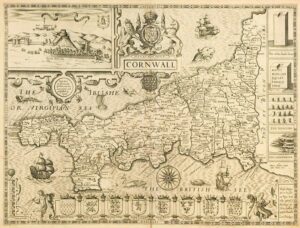
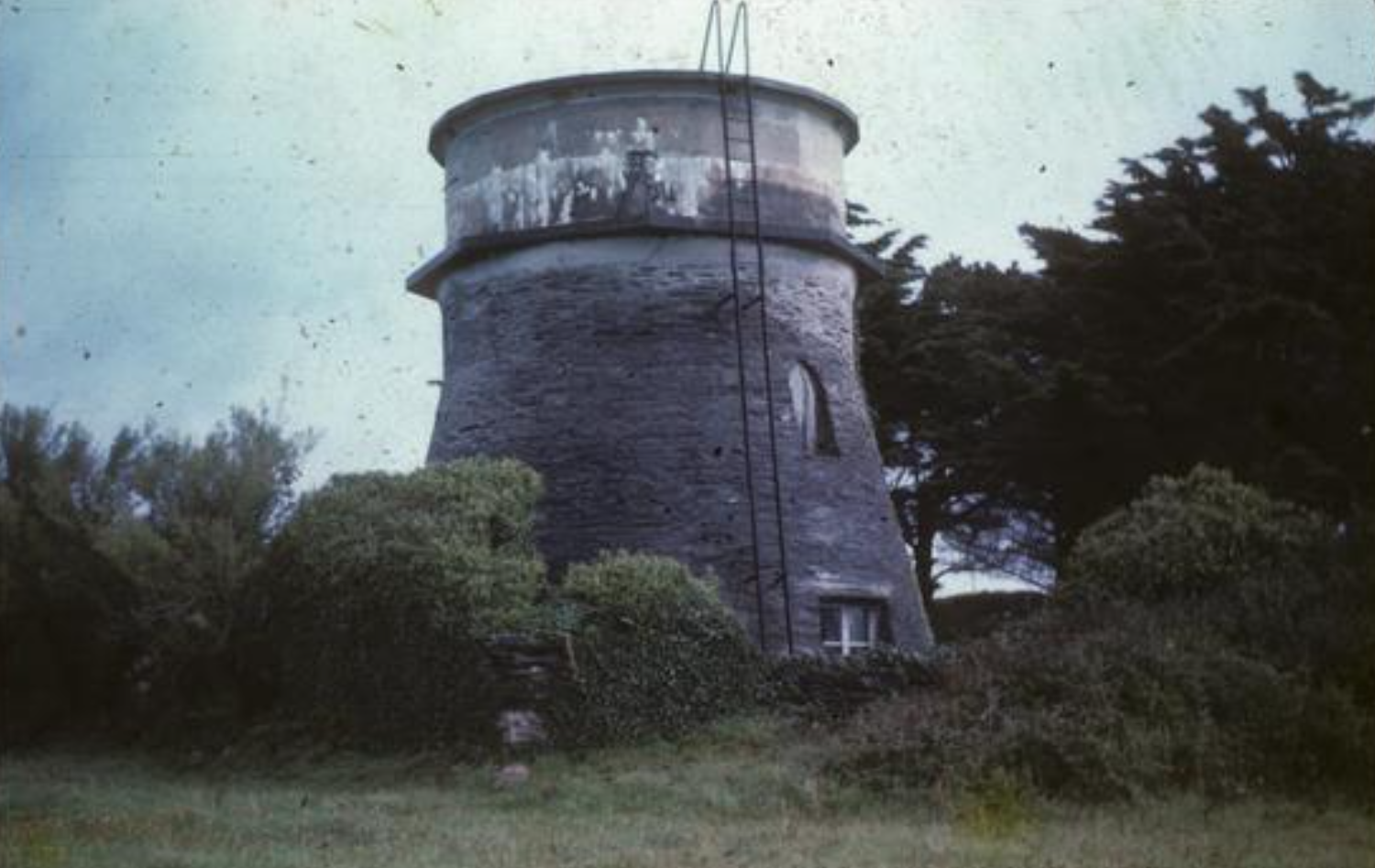
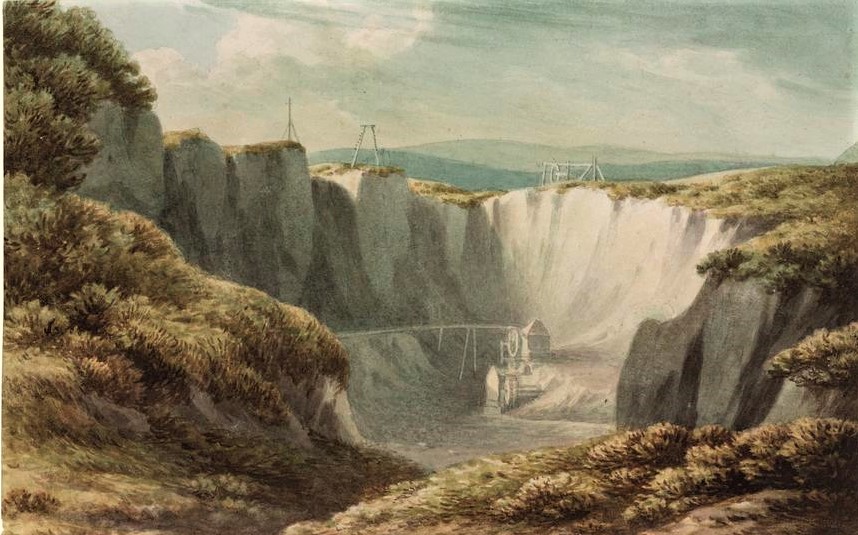
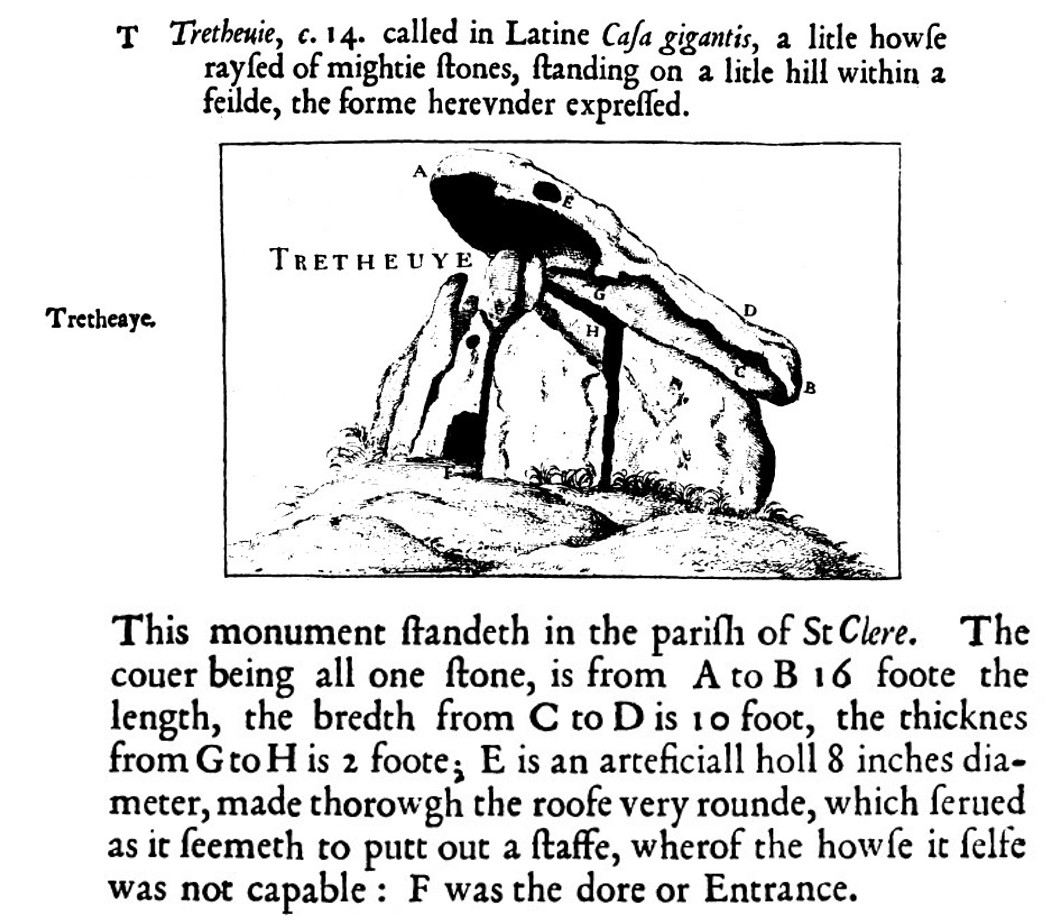
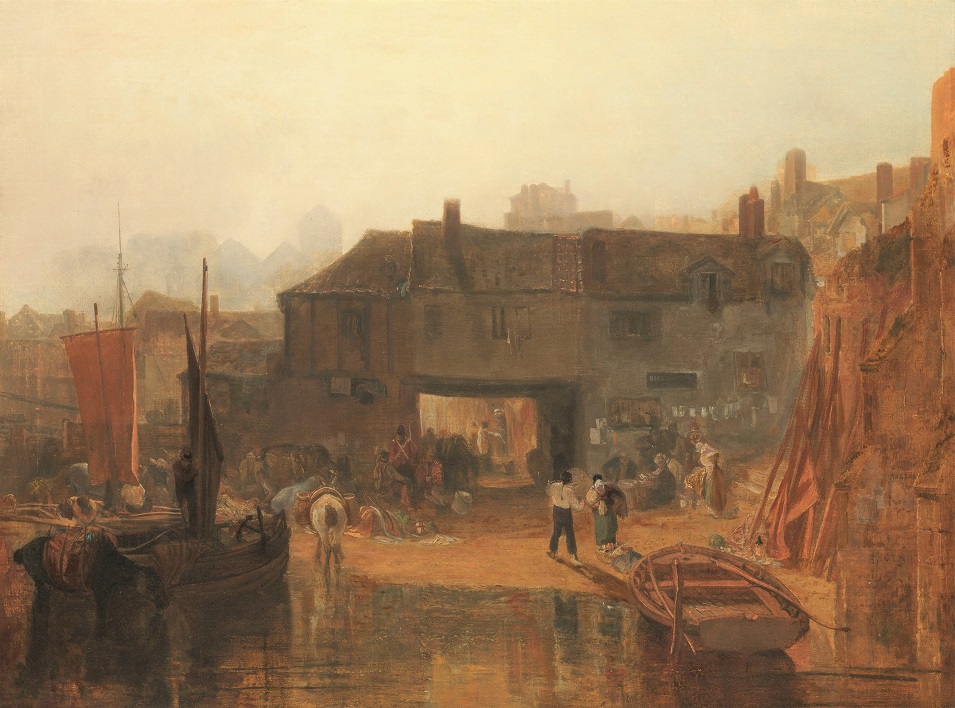
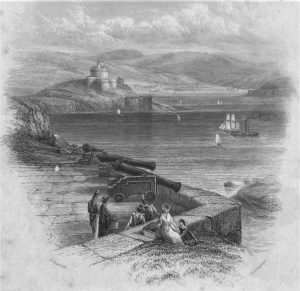
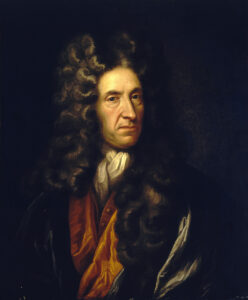
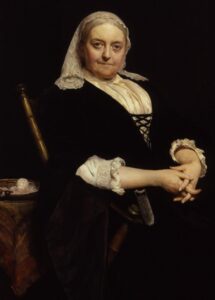
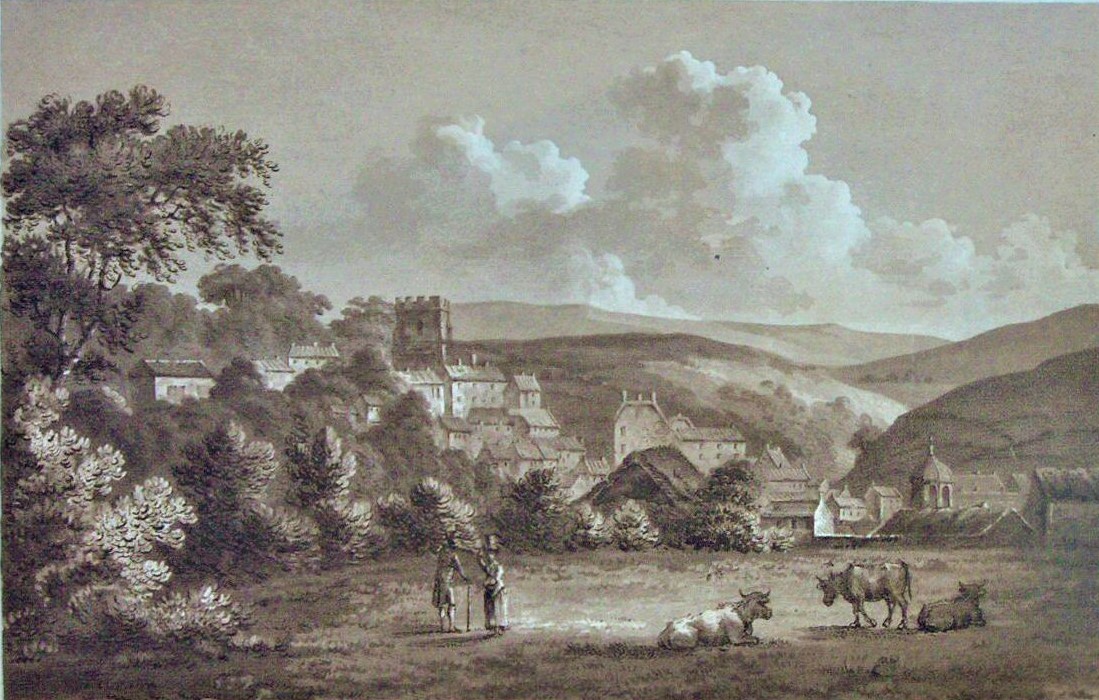
![King Doniert's & Other Half Stone's [2] King Doniert's & Other Half Stone's](https://www.cornwallheritage.com/wp-content/uploads/2021/12/King-Donierts-Other-Half-Stones-2.jpg)
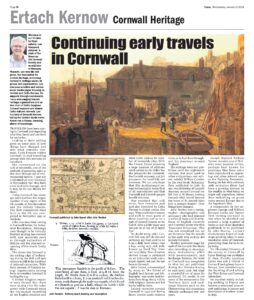
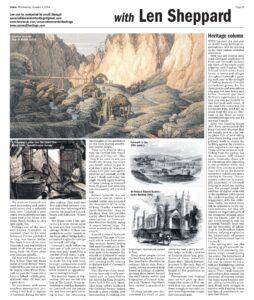
![[184] Ertach Kernow Heritage Column - 3rd January 2024 - St Piran's Royal Cornwall Museum - Community Museums Ertach Kernow Heritage Column - 3rd January 2024 - St Piran's Royal Cornwall Museum - Community Museums](https://www.cornwallheritage.com/wp-content/uploads/2024/01/184-Ertach-Kernow-Heritage-Column-3rd-January-2024-St-Pirans-Royal-Cornwall-Museum-Community-Museums.jpg)